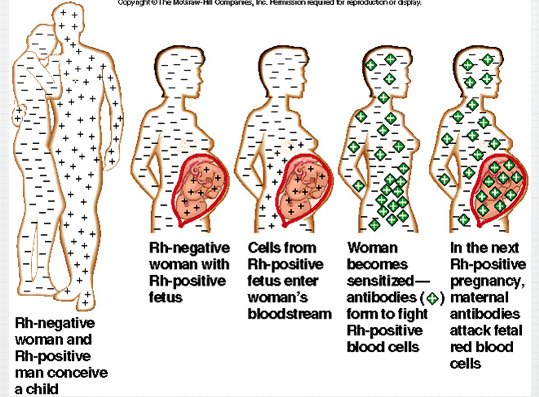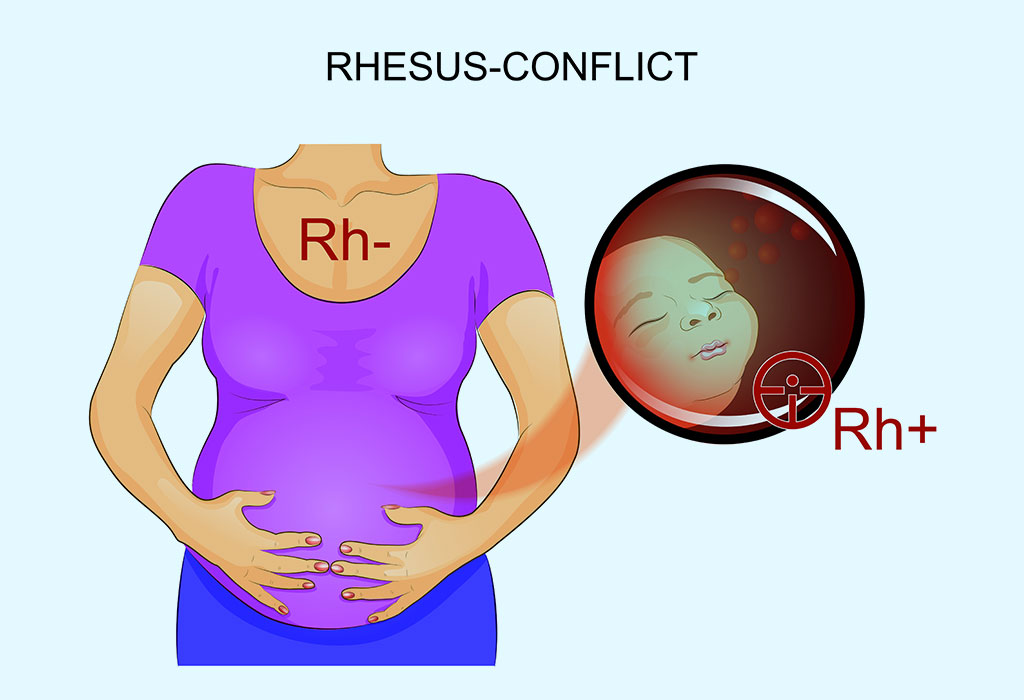

Gorman set out to test this brilliantly simple concept, using pure antibody supplied by Dr. Freda deduced that if anti-Rh antibody were given at the time of delivery, it would block sensitization and prevent Rh disease in the woman's next Rh-positive child.Īlthough his colleagues scorned the idea, Dr. He established the first clinic for Rh-negative mothers, and introduced such techniques as amniocentesis and intrauterine blood transfusions in the United States.

Freda endeavored to help Rh-afflicted infants in every way possible at the time, thus becoming a pioneer in fetalogy. Freda acquired the insight that the disease arose from immunological origins that could be controlled once they were understood. Freda determined as a young obstetrician to seek means of preventing Rh disease.
Rh ifactor in compability trial#
Clarke proved their point in a carefully designed clinical trial among high-risk Rh-negative women.įor his multifaceted research into the mechanism protecting the unborn child from immunologic attack during pregnancy, for discovering how the weakness of these mechanisms can lead to hemolytic disease of the newborn, and for his vital contributions to the development of the anti-Rh vaccine, this 1980 Albert Lasker Clinical Medical Research Award is given.įrom his first-hand experience in delivering babies who were ill, anemic, brain-damaged or threatened with death because of Rh-incompatibility with their mothers, Dr. Experiments with pure anti-Rh antibody, given by American investigators who were independently pursuing similar research, confirmed these findings. Using crude semen from sensitized Rh-negative donors, he showed that sensitization could be prevented in Rh-negative male volunteers. In 1960, he was the first Rh investigator to suggest this at a scientific meeting. Finn postulated that if an Rh-negative mother was given anti-Rh antibody soon enough, any fetal red blood cells in her circulation would be inactivated before her immune system could become sensitized to the Rh antigen.

By monitoring the blood of Rh-negative mothers during pregnancy and after delivery, he established that fetal red blood cells enter the mother's blood stream usually at delivery and that, when the fetus and the mother are ABO-incompatible, the mother's immune system destroys the cells before she can become sensitized to Rh antigen.ĭr. Finn began the first prospective study of the relation between ABO blood type and Rh antigen incompatibilities. In 1959, while a student with Professor Sir Cyril Clarke at the University of Liverpool, Dr. To Professor Sir Cyril Clarke, for illuminating the genetics of Rh antigen and for initiating and guiding research leading to the potential conquest of hemolytic disease of the newborn, this 1980 Albert Lasker Clinical Medical Research Award is given. Finn showed, in a clinical trial in 1964, that anti-Rh antibody, given at delivery to an Rh-negative mother, does protect her next child from Rh disease. Undaunted by the skepticism of their colleagues, Dr. Philip Levine, who had observed that, when there is an ABO blood type incompatibility between mother and child, an Rh-negative mother runs a smaller risk of having a child with Rh disease. Ronald Finn, to extend the studies of Dr. He appreciated that the method of inheritance of certain protective wing patterns in butterflies is similar to that of Rh blood groups. Clarke because of his avid interest in butterflies.

After three or four pregnancies, an Rh-negative woman runs a one-in-three chance of having a child with Rh disease, which is also known as erythoblastosis or hemolytic disease of the newborn, which causes severe and irreversible abnormalities. When she conceives another Rh-positive child, her immune system, primed by the previous pregnancy, may mount an attack against the fetus, causing severe anemia, hemorrhage, brain damage or death. When an Rh-negative woman conceives a child who is Rh-positive, she can be sensitized to the antigen by fetal red blood cells escaping into her bloodstream at delivery. The Rh antigen is present in all but 15 percent of white women, 4 percent of black women, and in virtually all women of other races.


 0 kommentar(er)
0 kommentar(er)
